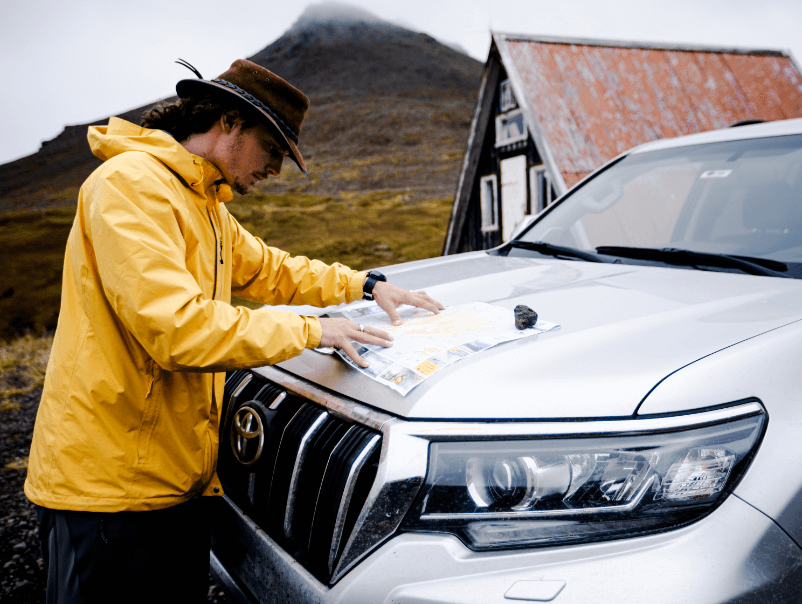Welcome to spring! Okay, spring in Iceland might not be the stereotypical spring experienced around the world. But isn’t that kind of the point when visiting this majestic island? Iceland is truly is a once-in-a-lifetime destination. It offers itineraries filled to the brim with all sorts of unique attractions and activities. But March in Iceland has quite a lot of other perks and benefits than just decent weather.
In this article, we give you the full lowdown on why March might just be the best time for your upcoming trip.
The Pros and Cons of Spending March in Iceland
We compiled a quick overview of all the pros and cons this month has in store. It will help you decide whether visiting Iceland in March might be the best option for you!
Pros
- March is one of the shoulder months, so the island has waved goodbye to most of the summer tourist crowds. This means that you won’t be standing in queues longer than it takes to actually view the attraction or do the activity.
- You’ll find that peak season prices also leave the island along with the summer crowds, offering some welcome relief to any traveler’s pocket.
- Iceland spring might not come in the form of short mini-skirts and tank tops, but the weather is still pretty decent when spending March in Iceland (more on this later).
- You can start cramming in those attractions and activities as the daylight hours are slowly on the increase.
- Since many roads and routes are closed during the colder months, March in Iceland is the perfect time to do that road trip you’ve always dreamed of. Luckily, without the overcrowding and overpricing you get during the peak season.
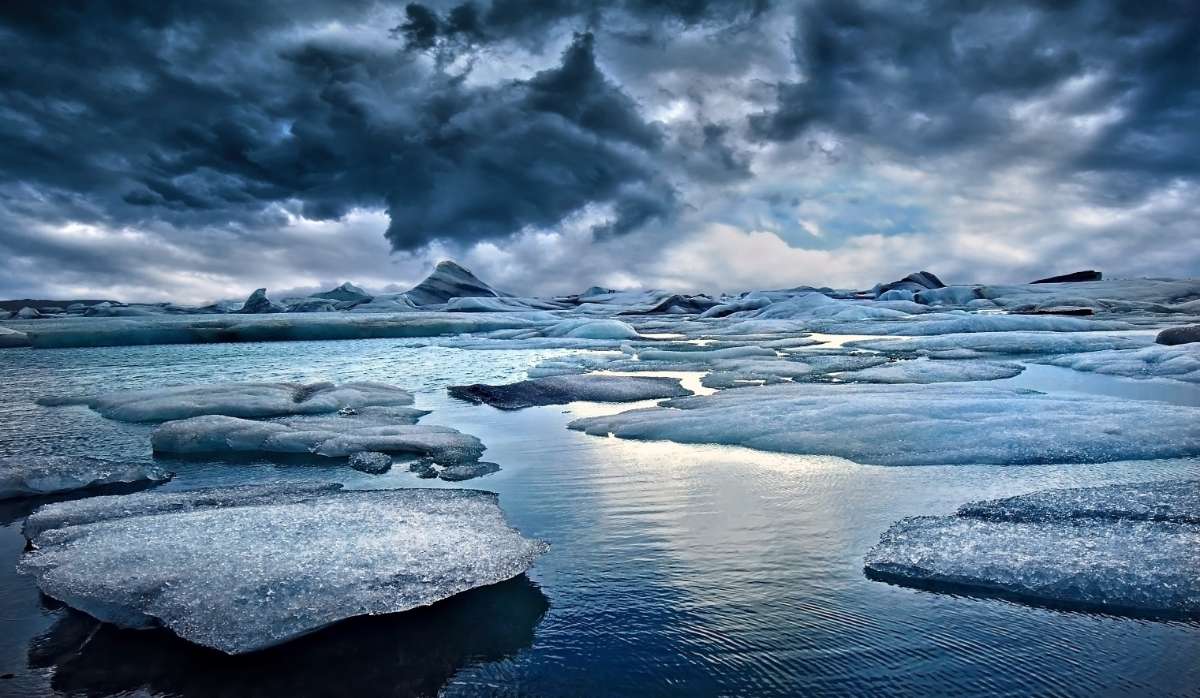
Cons
- As a shoulder season, there are a lot of “maybe’s” when it comes to certain attractions and activities on the island. You might still get lucky and see the Northern Lights, but there’s certainly no guarantee. You definitely won’t be privy to a midnight sun and migratory animals such as the Iceland Puffins or certain whale species.
- Driving can be a bit tricky (especially if you’re planning on visiting Iceland in early March). You might still find some icy patches on the road that haven’t thawed yet.
What You Can Expect From the Weather When Visiting Iceland in March
As we already touched on, Iceland weather in March might not be your stereotypical spring weather. Still, it’s not nearly as volatile or as harsh as the winter months.
The temperature in Iceland in March ranges between -2 and 3 degrees Celsius. If you’re sticking to the capital, Reykjavík weather in March may feel slightly warmer than on the outskirts. But this is merely an illusion caused by the buildings acting as shelter against some of the elements.
The average daylight hours you can expect from March are about 11 hours (and ever-increasing all throughout the month). And, as we mentioned before, with the Iceland darkness becoming a thing of the past, Iceland in March is not your best bet to go hunting for the Northern Lights.
Just keep in mind that when it comes to the Iceland weather, it can be fickle at the best of times. There’s a reason why the local saying goes, “you can experience all four seasons in one day” on the island. These four seasons might not include snow or those legendary Icelandic winds during March in Iceland. Yet, you can still expect days when the rain might chuck a spanner in your plans. But even on those days, the island has plenty of activities to keep you busy.
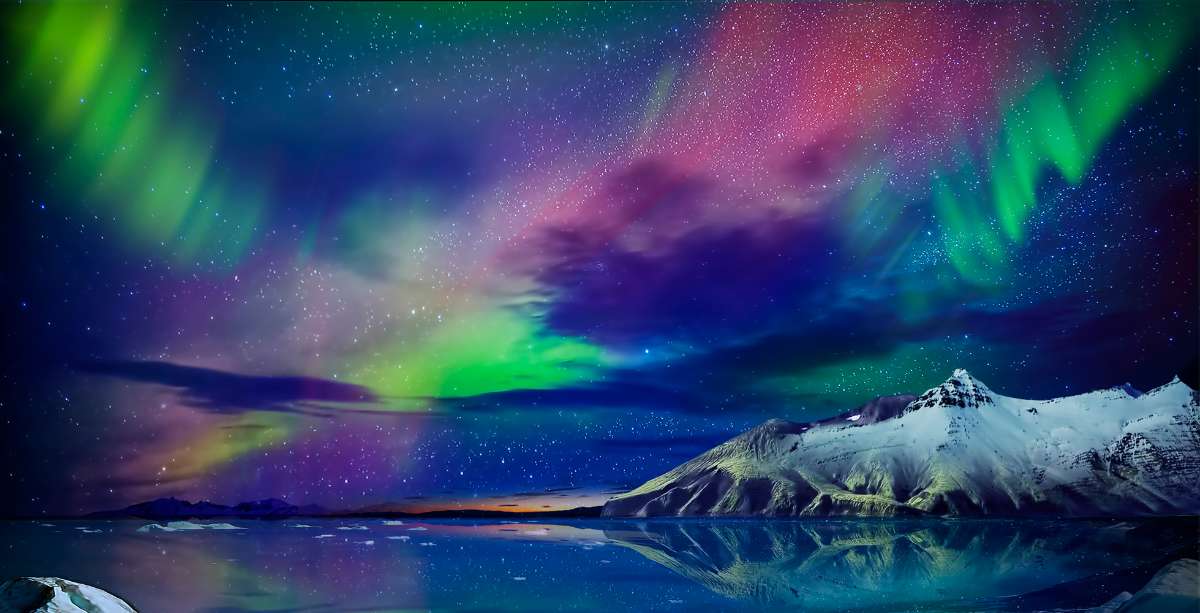
Packing List When Traveling to Iceland in March
Since March is a shoulder month, it can be quite challenging for those who have not visited the island before to figure out what to pack. That’s why we’ve created this nifty packing list that you can use as a guide:
- Long, waterproof winter jacket
- Waterproof casual jacket
- Woolen sweater. We always recommend just packing one or two, since shopping for authentic Icelandic woolen sweaters is an absolute must!
- Waterproof pants
- Waterproof hiking boots (trust us, this is not just for those who plan on going hiking)
- Underwear
- Thermal vests
- Thermal leggings
- Warm woolen socks
- T-shirts & long-sleeved shirts
- Casual pants (for wearing in the city)
- Warm hat (we always find a snug beanie does the trick)
- Warm gloves
- Warm scarf
- Bathing suit
- Quick drying towel
- Flip-flops (for when you go to the hot springs or want to use public/communal showers)
- Sunglasses
- Toiletries & medications
- Water bottle (the locals will laugh at you if you try to buy water, since the island has the type of water quality that those bottled brands can only dream of!)
- Backpack (suitable for day outings or hikes)
- Electronics: cables, chargers, an adaptor, power bank, etc.
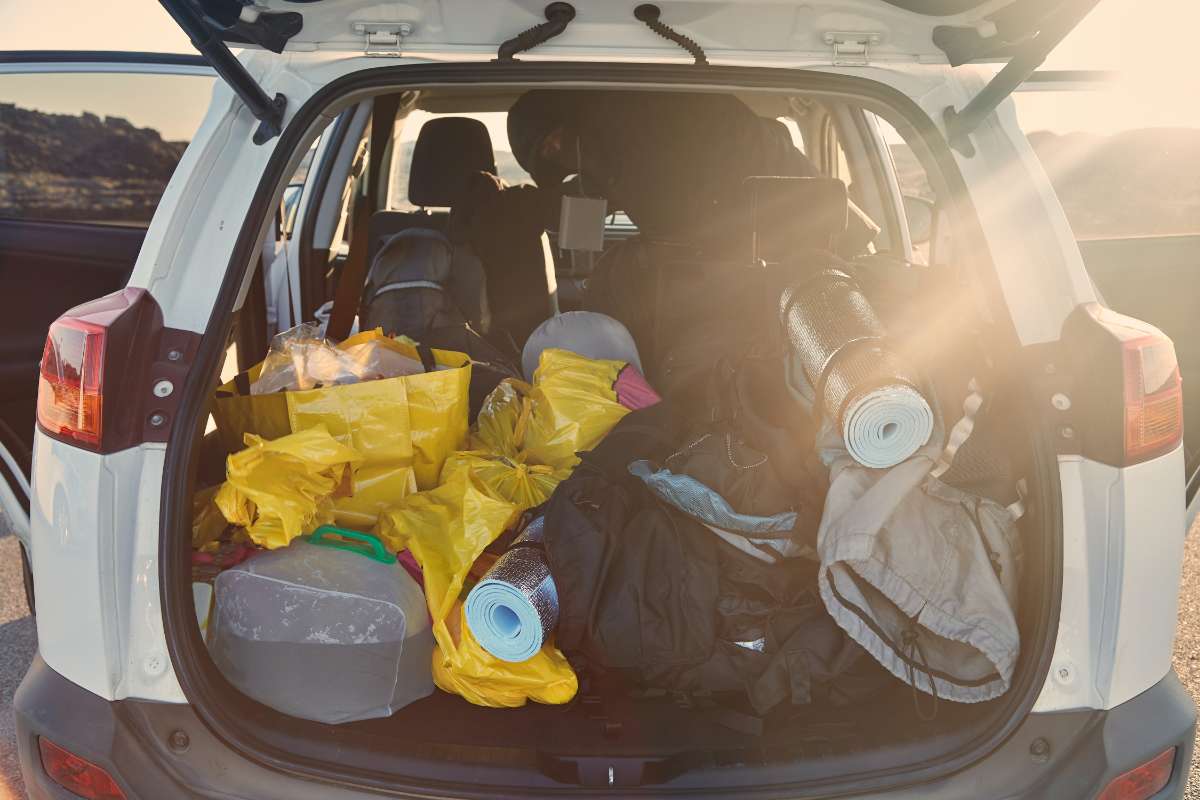
Camping in Iceland in March
Camping is a sure way to keep accommodation costs at a low and extend your trip to Iceland – especially if you’re a family. To get even more camping bang for your buck, we recommend that you get the Camping Card. It costs only €159 and will grant a family of 2 adults with up to 4 children access to 28 campsites around the country. To put the total savings into perspective; a campsite generally charges around €10 per person per night. So, a family of 6 would’ve already spent half the total paid for the Camping Card after just one night of camping!
If you don’t consider yourself the next Bear Grylls of camping, we suggest that you rent a campervan in Iceland. This way you can go camping in style and comfort without the schlep of setting up and packing up at each campsite. Some of the campsites to consider for your upcoming trip are:
- Skógar Campsite
- Reykjavik Campsite
- Skaftafell Campsite
- Egilstadir Campsite
- Vogar Campsite
Driving in Iceland in March
We are firm believers that there is no better way to explore the island than by going on a road trip. And March in Iceland is also a great time to get back on the roads. All the routes that usually close during the winter in Iceland are slowly starting to reopen. Except the Iceland F-roads – as these are only open during summer.
Some of the most popular road trip routes to take when visiting Iceland in March include:
- The Ring Road
- The Golden Circle
- The Westfjords Way
- The Arctic Coast Way
- The South Coast Way
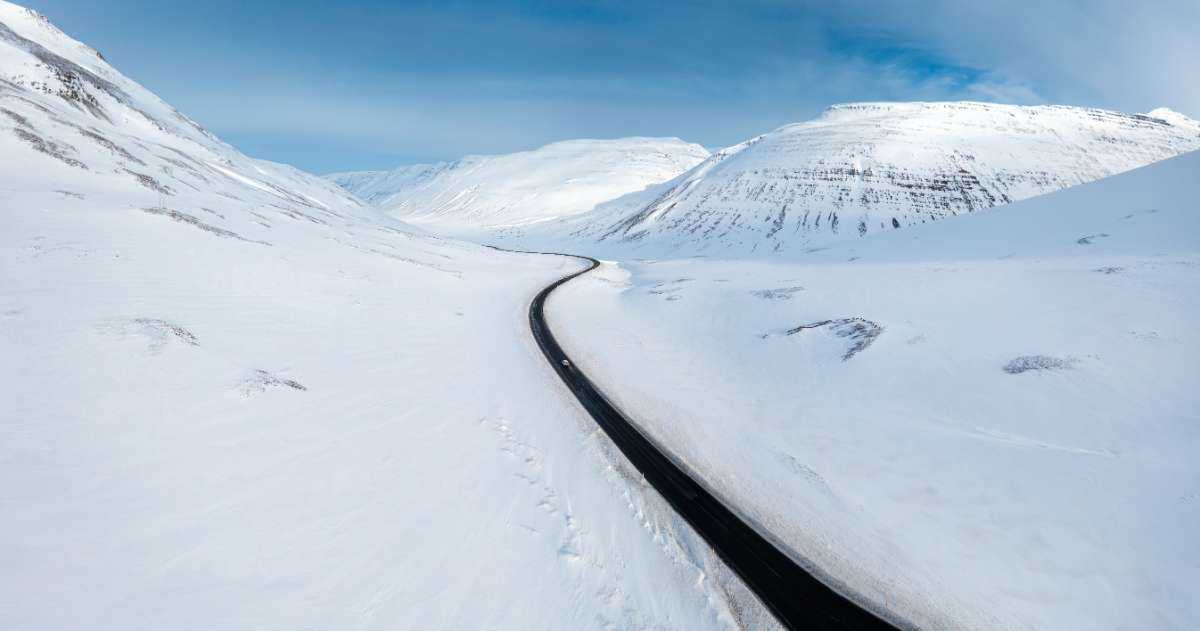
Other Things to Do When Spending March in Iceland
As a spring month, you have plenty of opportunities to take advantage of some of the best summer activities and attractions on the island. Without, of course, the summer crowds and summer prices. And as the daylight hours increase and the temperatures rise, your first go-to should be to spend as much time outside as possible. Here are a few things that you should include on your Iceland trip itinerary:
- Shop ‘till you drop in Reykjavík’s Laugavegur Street.
- Take a walk on one of Iceland’s black sand beaches such as Diamond Beach.
- Go on a glacier hike.
- Explore an Iceland ice cave (please note that this is a seasonal activity and some caves might start closing later in March).
- Visit Iceland’s waterfalls (you might be lucky and still find a few to be a magical mixture of running water and glistening icicles).
- Take a dip in one of Iceland’s hot springs.
- Go snorkeling or diving in the Silfra Fissure. Please note that you need to be a licensed and experienced diver to take on the diving here; otherwise you’ll need to join the snorkeling gang.
- Explore Thingvellir National Park.
- See if you can snap a pic of an erupting Geysir.
- Go horseback riding on the legendary Icelandic horses.
- Attend festivals, events, and celebrations such as Iceland’s National Beer Day on the 1st of March.
Helpful Tips When Spending March in Iceland
If you’ve already made up your mind that spending March in Iceland is clearly the best option for you, here are a few helpful tips to make your trip even better:
Chat with your rental agency about your routes
It is advisable that certain roads and routes only be taken on with a 4x4 vehicle. Your rental agency is run by experienced locals, and they will immediately be able to tell you which type of vehicle best suits your itinerary. If you’ve decided to rent a motorhome or campervan and find that some of your planned routes require 4x4, don’t be concerned. There are plenty of 4x4 campervan and motorhome options available.
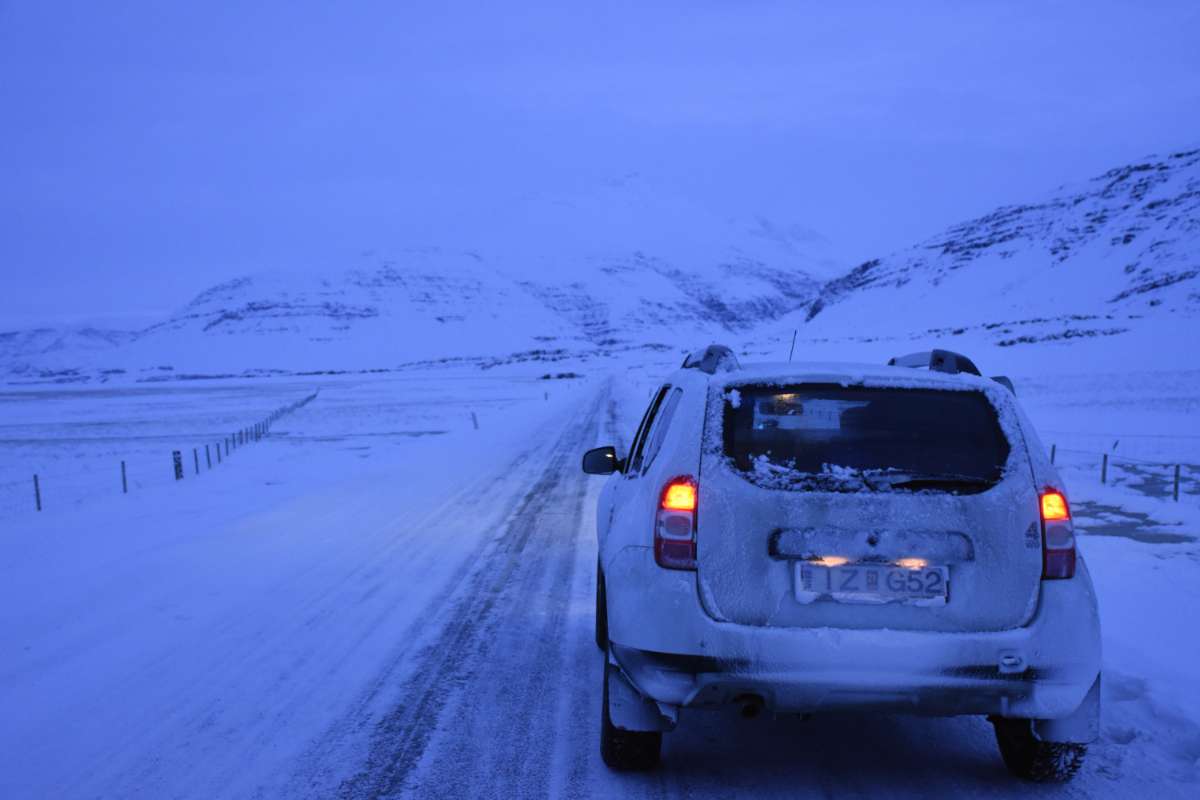
Keep your eyes and ears open regarding the weather and the roads
As we’ve already mentioned, the Iceland weather can be pretty erratic. And even though it’s completely manageable if you come prepared when spending March in Iceland, it can often lead to sudden road closures. You definitely don’t want to excitedly set off on your excursion only to find the road closed. That’s why we always advise visitors to keep checking the Iceland weather and the Iceland road conditions daily.
Keep your waterproof gear close
Although it’s completely possible to get caught in the rain during March in Iceland, this is not the only reason we include this tip. Those visiting the waterfalls on the island don’t realize that powerful cascading water comes with its fair share of mist and spray. For many visitors, their perfect photo opp leaves them looking like shivering, drenched cats.
Always dress in layers
The best way to combat the erratic Iceland weather is to always dress in layers. That way, you’ll always be able to put something on when it gets colder or take something off when it gets hotter.
Adamant Northern Lights hunters need to do it the right way when spending March in Iceland
Remember when we said that March in Iceland is not the best time for those wishing to see the Northern Lights? Well, that’s true, but if that’s the one thing on your Iceland bucket list you need ticked off, then there are ways to increase your odds from just “maybe”. Firstly, to see lights, you need darkness. So, sitting in the bright lights of the city, hoping to spot the Aurora Borealis in the glimmer of the streetlights is not going to happen. You’ll need to move to some of the more remote regions of the island.
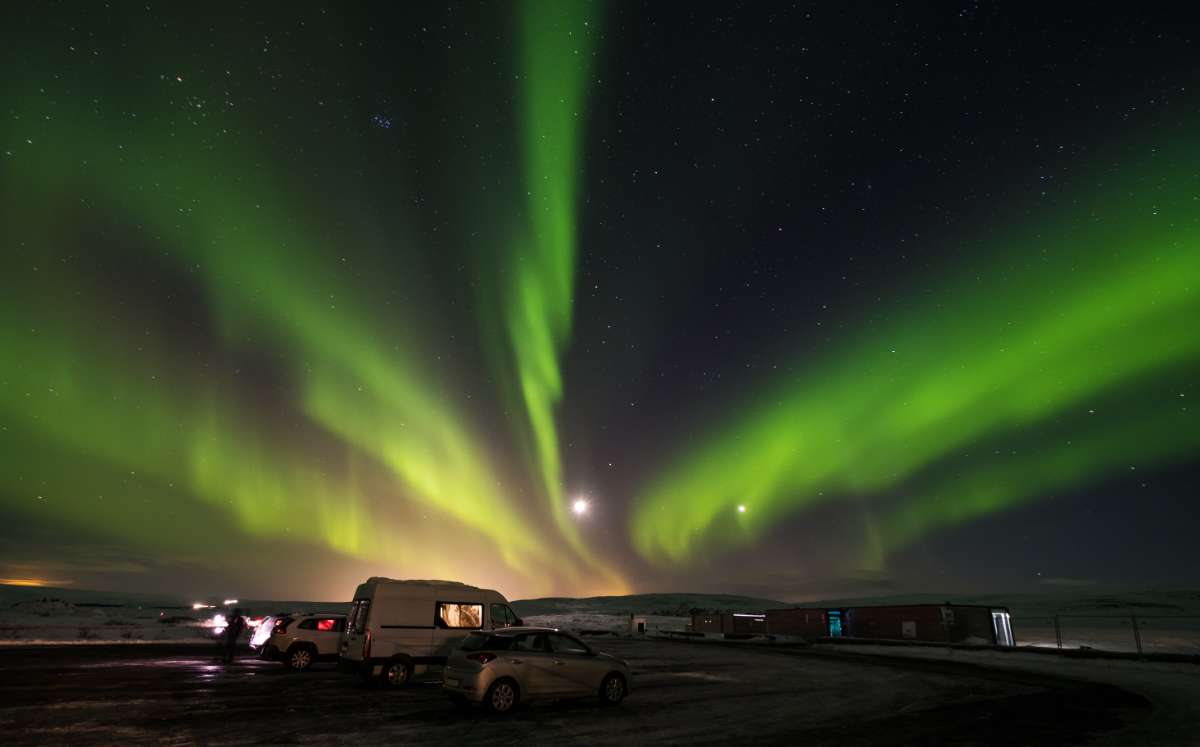
Secondly, as with most divas and stars of the show, the Northern Lights only make their appearance under certain conditions. Visitors rarely know how to tell the signs or where to go when these conditions occur. That’s why we always recommend that you go on one of the Northern Lights tours that are led by experienced locals. They know the island like the back of their hand!
Stay on designated roads and camping sites
Iceland has very strict rules in this regard. Once upon a time, you could pretty much park your camper or set up camp wherever you wanted. But due to people not behaving, this was stopped. Iceland also prides itself on protecting its unique ecosystem (especially the moss that grows all over the island). It’s almost unbelievable when one hears the damage that can be caused by just one misstep off a designated trail.
These rules are not common courtesy rules. If it is found that you have set up camp where you’re not supposed to, or you’ve decided to take your own “road less traveled” you will be severely fined. And if you’re in a rental vehicle, you’ll have to face the music from the company as well.
March in Iceland; Time to Start Your Adventure
Iceland truly is a once-in-a-lifetime experience, offering plenty of unique sights and activities that can’t be enjoyed anywhere else in the world. March is an excellent time to visit the island if you’re traveling on a budget and want to avoid the summer crowds. Sounds like you? Well, your Iceland adventure is just one flight away!



 By
By 


